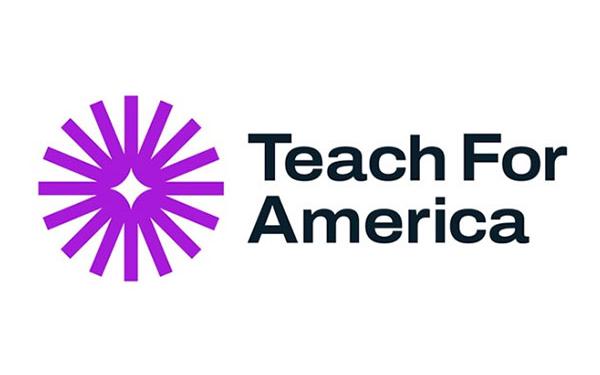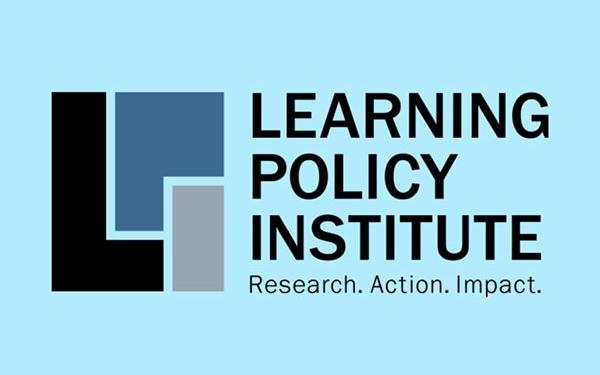
About the Author
SHELBY HANTHORN (SHE/HER)
Hanthorn is pursing a Bachelor of Arts in Psychology, with a minor in human development and family science. She became interested in researching the systems that impact children after participating in a fellowship with Teach for America in 2023. Hanthorn wants to understand how systems — particularly within education — can make a shift in their current frameworks to provide a more just and comprehensive understanding of students’ behaviors and needs, in the context of their diverse backgrounds and adverse experiences. Hanthorn plans to further her studies with a master’s degree in clinical mental health counseling or social work so that she can dedicate my career to assisting children and young adults who are facing systemic challenges and need support in navigating these barriers.
Project Overview
There’s a prevailing “get tough” mentality in school discipline, often centered around zero-tolerance policies. These policies disproportionately effect marginalized students, interrupting their education and exacerbating opportunity gaps. My research aims to understand the outcomes of these approaches and begin to consider how we can reframe these policies to prioritize social and behavioral development alongside academic achievement, safeguarding students from the repercussions of this system.
Key Findings
- Sophisticated statistical models have consistently shown that race remains a significant predictor of school exclusion, even when controlling for poverty.
- Zero-tolerance type policies direct mandatory disciplinary exclusion for specified offences and are often credited with fostering the school to prison pipeline.
- Given that the average suspension is conservatively put at 3.5 days and that many students are suspended more than once, these figures mean that U.S. public school children lost nearly 18 million days of instruction in just one school year because of exclusionary discipline.
(Accordion header needed)
Researching children is intriguing because it provides the opportunity to understand their essence before the influences of our world. Yet for minorized groups, children's environments restrict autonomy at a much earlier stage, whereas privileged groups often have the opportunity to fail without it leaving lasting marks on their opportunities.
To illustrate, I’ve framed my research by imagining it as a child’s backpack. As they prepare for school, children's backpacks carry the weight of more than just pencils and books; they also carry the invisible weight of trauma, poverty and other enduring struggles. We cannot expect them to leave these burdens behind when they walk into the classroom. Rather than resorting to exclusionary discipline — punishing for outbursts, anger or defiance, and reacting with extreme measures — we should dedicate more resources to understanding these emotional reactions through proactive systems and effective screening tools. Misbehavior is not always what it appears to be; it’s often a manifestation of emotional distress. Why haven't we created a system that better acknowledges these realities?
There is resistance to changing this standard approach, as educators often feel unprepared to address students’ behavioral and social needs. The lack of attention to these needs is impactful, given that a prominent number of students deal with emotional and behavioral challenges. A sense of belonging and safety within the school community is essential as it fosters a deeper level of support and connection that goes beyond external therapeutic settings. There needs to be a fundamental change in how we approach student behavior. Introducing multi-tiered support systems and preventative measures is crucial to addressing these issues and ensuring they no longer hinder student learning.
Black students face disproportionate disciplinary actions — often for minor or subjective violations — and are punished more severely than their white peers. Similar disparities affect Indigenous and Latino students, particularly females, as well as those from lower socioeconomic statuses, students with disabilities and LGBTQ+ students.
Trauma induces lasting effects from adverse events, engaging the stress response system and affecting mental and emotional functions. Experiences of racism and poverty can cause toxic stress, causing a perpetual sense of self-defense in children. These children often struggle with emotional regulation and aggressive behaviors. Adverse Childhood Experiences (ACEs) connect to forms of adversity that can significantly impact childhood development and long-term health. Coping behaviors such as substance misuse, anger and self-harm are often misinterpreted, when in fact, they are appropriate and expected responses to ongoing adversity. Youth exposed to community violence may adopt confrontational coping strategies, such as fighting, carrying weapons or seeking support from deviant peer groups as an alternative means of coping with their struggles. Studies show that protective factors such as school connection can be helpful in mitigating the impacts of ACEs. When observing how an ACE manifests in behavior, children with robust support networks tend to respond to adversity in a more adaptive manner than those without. Education must adapt to better comprehend how a child’s experiences impact their classroom conduct, even when trauma is not overtly visible.
Zero-tolerance policies emerged in the 1980s in response to growing concerns about violence in schools, which also led to security technology. Since then, discipline inequalities have only been increasing. When problematic behavior is seen as a threat rather than a coping strategy, it leads to the use of harsh security measures, which in turn intensifies emotional backlash from students. Reflecting multiple studies on this subject, these efforts are not only ineffective but also result in less safety compared to schools that implemented fewer zero-tolerance measures in similar communities. Children should not experience school as a hostile environment full of invasive measures like strip searches and metal detectors. Tackling this issue isn’t easy. Conflict is unavoidable, and undoubtedly, teaching students about boundaries and the repercussions of their actions is a fundamental life lesson. However, our current approach to school discipline is flawed and creating larger disparities in opportunities for students.
Dismantling the savior narrative surrounding educators is a positive step toward change. This perspective overlooks the deep-rooted inequalities within the educational system that shape how students experience education. It is not anyone's "burden" to save these communities, especially when we frame teaching disadvantaged students as an act of heroism. This perspective overlooks the systemic issues at play. The differences in discipline outcomes are shaped by the decisions made by teachers to refer students for punishment, along with the actions taken by school administrators upon receiving those referrals. Office discipline referral data, which plays a key role in assessing a student's potential threat or risk, must be examined with greater care. These decisions are often impacted by teachers’ individual biases and their concept of the ideal student. Tackling the cycle of unjust discipline requires confronting the deep-seated biases that drive these judgments. To eliminate the recurring injustice in discipline, educators must be given more resources and training to recognize this issue. Broadening the diversity of the teaching workforce is another crucial strategy to match the shifting demographics of students. Based on my findings, positive student-teacher relationships are instrumental in improving academic achievement, shaping behavior and promoting feelings of security.
In light of the evidence, where do we go from here? Acknowledging that many school districts — especially in low socioeconomic areas — are already underfunded and that these communities often have more students impacted by adversity, what practical steps can be taken to shape a more equitable future? The foundation of my vision for change lies in a framework of care, which I developed through this research to guide my passion for this work. It emphasizes the urgent need to transform current systems that fail to justly serve certain populations, those I feel deeply committed to serving, by creating spaces for open dialogue that honor their stories and address their struggles.
Trauma-informed care approaches can assist in school discipline reform to address implicit bias at all stages of the disciplinary process. District-level support is essential for implementing these changes effectively. Administrative teams that uphold exclusionary measures only reinforce these beliefs and perpetuate the cycle, which highlights the need for collective agreement and support to eliminate such policies. The creation of a school leadership team focused on data-driven decision-making and committed to acknowledging the need for change is the first crucial step in this process.
While many schools excel at academic screening, behavioral screening is often neglected. Tiered models of prevention can be leveraged to identify the necessary interventions for different student needs. An example of such a model is the Strengths and Difficulties Questionnaire, which assesses various aspects such as peer relationship problems, prosocial behavior, conduct issues, hyperactivity and inattention. This assessment evaluates the frequency of these behaviors, placing students into risk categories, including externalizing and internalizing scores. It’s crucial that these leadership teams have clear goals and measurable outcomes, as well as regular screenings to ensure the success of the programs.
- Amos, L. (2021). Eliminating School Discipline Disparities: What We Know and Don’t Know About the Effectiveness of Alternatives to Suspension and Expulsion. Institute for Education Sciences.
- Bauer, N. K. (2020). What’s Love Got to Do With It? Toward a Theory of Benevolent Whiteness in Education. The Urban Review 53, 641-658.
- Garduno, L. S. (2022). How Influential are Adverse Childhood Experiences (ACEs) on Youths?: Analyzing the Immediate and Lagged Effect of ACEs on Deviant Behaviors. Journal of Child & Adolescent Trauma, 15, 683–700.
- Oakes, W. P., Lane, K. L., Cantwell, E. D., & Royer, D. J. (2017). Systematic Screening for Behavior in K-12 Settings as Regular School Practice: Practical Considerations and Recommendations. Journal of Applied School Psychology, 33(4), 369-393.
- Sanders, J. E., Mishna, F., McCready, L., & Fallon, B. (2022). “You Don’t Know What’s Really Going On”: Reducing the Discipline Gap by Addressing Adversity, Connection And Resources. School Mental Health 14, 568-581.
- Sanders, J. E. (2022). Coping with the Impact of Systemic Racism, Inequality, School and Community Violence Among High School Students Who are Suspended or Expelled. Journal of Interpersonal Violence, 37(21-22), NP21217–NP21243.




